Making DIY Hand Puppets for Kids
Creating hand puppets with children is not just a fun activity; it’s a delightful journey into the world of imagination and creativity! Picture this: a rainy afternoon, the kids are bouncing off the walls, and you need something to keep them engaged. What could be better than diving into the colorful realm of DIY hand puppets? This article explores the fun and creative process of making hand puppets with children. Discover materials, techniques, and tips to engage kids in crafting their own unique puppets.
When it comes to making hand puppets, selecting the appropriate materials is crucial for creating durable and safe creations. You wouldn't want your puppet to fall apart in the middle of a performance, right? Here are some fantastic options to consider:
- Felt: Soft, easy to cut, and comes in a variety of colors. Perfect for beginners!
- Fabric: Old clothes or fabric scraps can be transformed into stunning puppets.
- Paper: For quick and easy puppets, paper is your best friend.
By using these materials, you can inspire creativity and ensure a successful puppet-making experience that kids will love!
Now that we have our materials, let’s dive into some basic puppet designs that are perfect for beginners. Whether it's a silly animal or a quirky cartoon character, these templates will help kids get started on their puppet-making journey with ease. The beauty of puppet making is that it allows for endless possibilities. You can create:
Animal puppets are a favorite among kids. They can be colorful, playful, and downright adorable! Imagine a vibrant parrot or a cheeky monkey coming to life in your child’s hands. Here’s how you can create fun and colorful animal designs:
- Start with a simple shape for the body.
- Add ears, eyes, and a mouth using felt or paper.
- Encourage kids to choose their favorite animals and personalize them!
Finger puppets are small and easy to make, making them perfect for little hands. These tiny characters can be crafted from felt or paper and are ideal for delightful performances. Here’s a quick step-by-step guide:
1. Cut a small rectangle of felt or paper. 2. Fold it into a cone shape and glue the edges. 3. Decorate with eyes and a mouth. 4. Slip it onto your finger and let the fun begin!
Glove puppets offer a larger canvas for creativity. Transforming an old glove into a captivating puppet can be a wonderful way to recycle and have fun! Simply think of the glove as a puppet body and let your imagination run wild. You can:
- Use fabric markers or paints to decorate the glove.
- Attach felt pieces for eyes and noses.
- Create a unique character that can entertain and engage young audiences.
Character puppets allow for personalization and storytelling. Kids can create unique characters that reflect their interests—be it a superhero, a princess, or even a dinosaur! This not only encourages imaginative play but also helps in developing storytelling skills. Ask your child questions like, “What does your character like to do?” or “What adventures will they go on?” to spark their creativity!
Decoration is where creativity truly shines! This stage is all about adding personality to your puppets. Discover various techniques for enhancing their appearance, such as:
Fabric paints are a fantastic way to add color and detail. They allow for vibrant designs that can make your puppet pop! When applying fabric paints, remember:
- Use a brush for fine details.
- Let each layer dry before adding more.
- Encourage kids to experiment with different colors!
Accessories can bring puppets to life! Items like buttons, yarn, and googly eyes can add flair and character to your creations. Imagine a puppet with a fluffy yarn hairstyle or a button nose—what a fun twist! Encourage kids to look around the house for interesting items they can use.
Once the puppets are made, it’s time to put on a show! Organizing puppet performances can be a fantastic way to encourage creativity and collaboration among children. You can set up a mini theater at home or in the classroom, and let the magic unfold!
A puppet stage enhances the performance experience. You don’t need a fancy setup; a simple cardboard box can do wonders. Just cut out a front opening and decorate it with colorful paper or fabric. This will create an inviting space for your puppet shows!
Effective storytelling techniques can elevate puppet shows. Guide children in creating engaging narratives that captivate their audience. Encourage them to think about:
- The setting: Where does the story take place?
- The characters: Who are the main players in the story?
- The plot: What adventures will they embark on?
With these elements, the puppet shows will not only be entertaining but also a wonderful way for kids to express themselves.
Q: What age group is suitable for making hand puppets?
A: Hand puppets can be made by children as young as 3 years old with supervision. Older children, around 6-12 years, can enjoy more complex designs.
Q: Can we use recycled materials for puppet making?
A: Absolutely! Using recycled materials is a fantastic way to be eco-friendly and encourages creativity. Old socks, paper bags, and fabric scraps can all be transformed into puppets!
Q: How long does it take to make a hand puppet?
A: The time can vary based on the complexity of the puppet, but simple designs can take as little as 30 minutes to an hour.
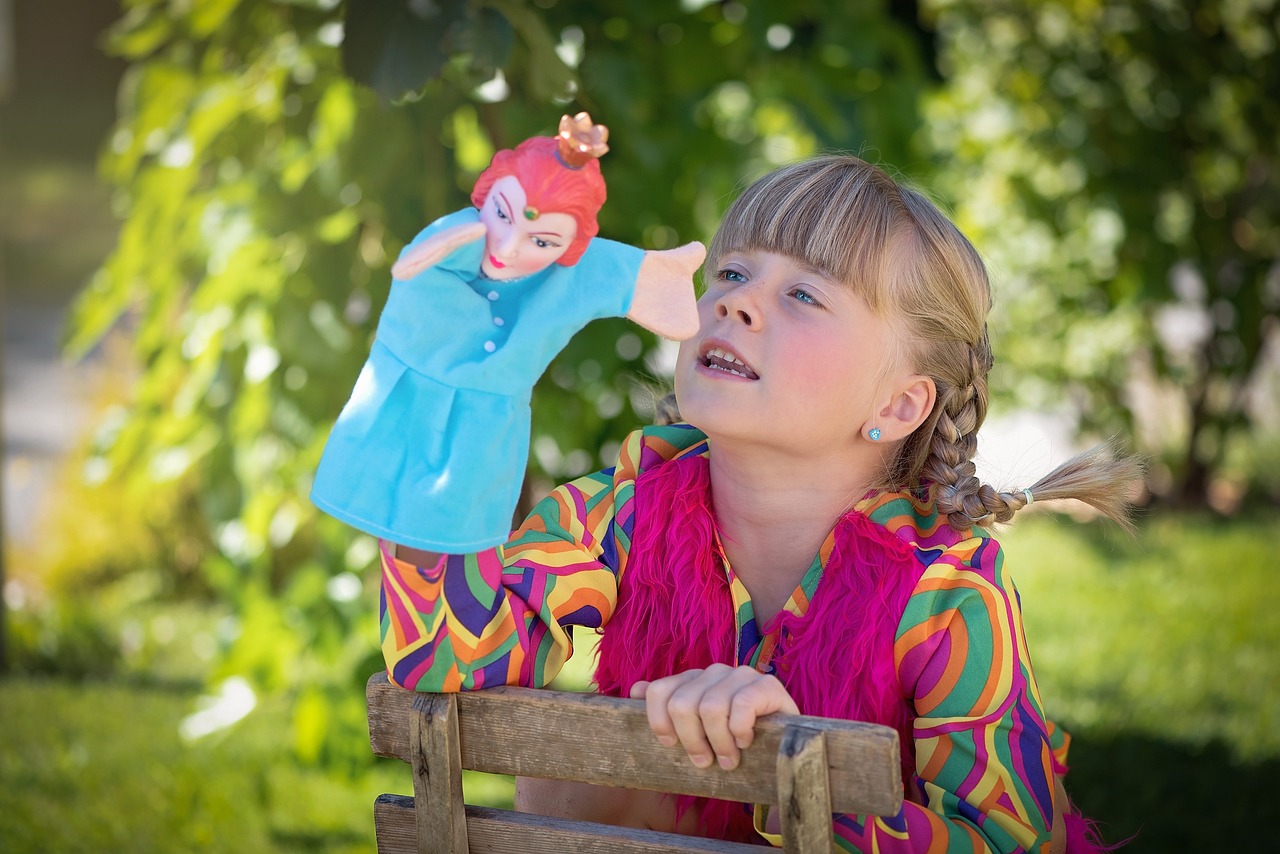
Choosing the Right Materials
When it comes to making hand puppets, choosing the right materials is like picking the perfect paintbrush for a masterpiece. The materials you select can significantly influence the durability, safety, and overall fun of the puppet-making process. So, let’s dive into some exciting options that will not only inspire creativity but also ensure a successful crafting experience for you and your little ones!
First up, we have felt. This fabric is soft, colorful, and incredibly easy to work with, making it a favorite among young crafters. Felt is available in a myriad of colors and can be cut into various shapes without fraying, which means less mess! It also adheres well with fabric glue, making it perfect for embellishments. Imagine your child creating a fuzzy bear puppet with big, bright eyes made from felt—how adorable!
Next on the list is fabric. If you have some old clothes lying around, why not repurpose them into puppet masterpieces? Cotton fabric, for instance, is lightweight and easy to sew, allowing for a wide range of designs, from whimsical creatures to elegant princesses. You can even mix and match patterns to create a puppet that’s as unique as your child’s imagination. Just think about a colorful patchwork puppet that tells a story of its own!
For those who prefer a more straightforward approach, paper can be a fantastic option. Paper puppets are not only quick to make, but they also allow for endless creativity. You can draw, color, and cut out shapes to create a variety of characters. Plus, using paper means you can easily recycle materials, which is a great way to teach kids about sustainability while having fun. Imagine the joy on their faces as they bring their paper puppets to life!
When selecting materials, it’s essential to consider safety. Always opt for non-toxic and child-friendly supplies, especially if younger kids are involved. Look for materials that are easy to handle and won’t pose a choking hazard. For instance, if you’re using buttons or small embellishments, make sure they are securely attached to avoid any accidents during playtime.
To summarize, here’s a quick reference table of materials you might consider:
| Material | Benefits |
|---|---|
| Felt | Soft, colorful, easy to cut, and glue |
| Fabric | Lightweight, versatile, and allows for sewing |
| Paper | Quick to make, recyclable, and great for drawing |
In conclusion, whether you choose felt, fabric, or paper, the key is to have fun and let creativity flow. The right materials will not only make the puppet-making process enjoyable but will also ensure that the final creations are safe and durable for endless hours of imaginative play. So gather your supplies and get ready to embark on a delightful crafting adventure with your kids!
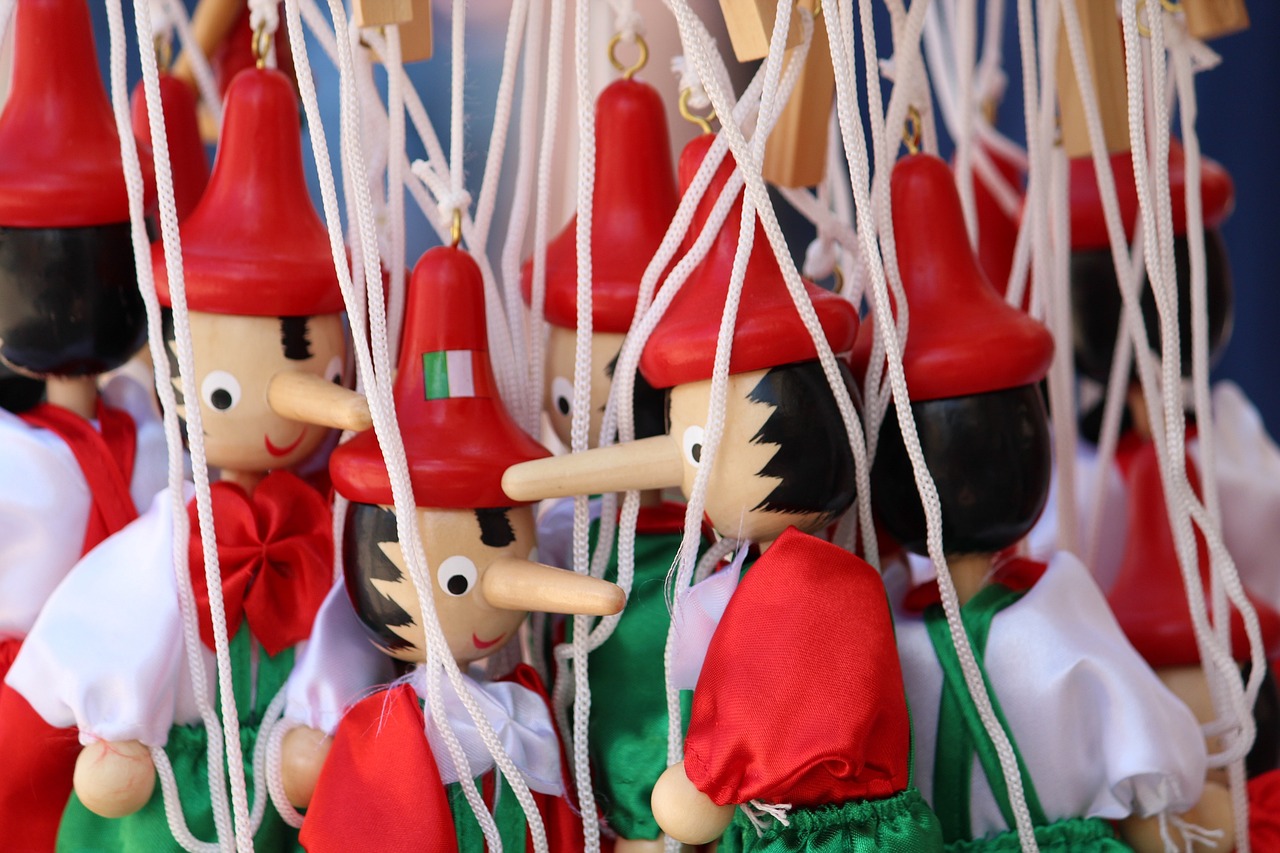
Basic Puppet Designs
When it comes to making hand puppets, the design is where the magic begins! Creating puppets can be a delightful experience for kids, as they get to express their creativity and imagination. You don't need to be an expert crafter to start; there are plenty of simple designs that are perfect for beginners. From adorable animals to quirky cartoon characters, the options are endless! Let’s dive into some basic puppet designs that will get your little ones excited about crafting their own unique puppets.
One of the most popular choices is the animal puppet. Kids love animals, and these puppets can easily be made using felt or fabric. Imagine a fluffy little lion or a colorful parrot! Not only do they look cute, but they also open the door to imaginative play. For example, a puppet lion can roar and pretend to be the king of the jungle, while a parrot might mimic sounds and chatter away. The beauty of animal puppets is that they can be as simple or as detailed as you want. You can even create a whole zoo of animal friends!
Now, let’s talk about finger puppets. These tiny treasures are a fantastic starting point for young crafters. They’re small, easy to make, and perfect for little fingers to control. To create a finger puppet, all you need is some felt, scissors, and a bit of glue. Simply cut out a shape that fits over your finger and decorate it with eyes, a mouth, and other features. Kids can make a whole cast of finger puppets, from friendly monsters to whimsical fairies! The best part? They can easily slip them on and off, allowing for quick costume changes during performances.
If you’re looking for something a bit larger, glove puppets are an excellent option. These puppets provide a larger canvas for creativity and can be made from old gloves that you no longer use. Transforming a glove into a puppet is as simple as adding some fabric scraps for hair, felt for facial features, and even some accessories to give it personality. Imagine turning a plain old glove into a vibrant character with a wild mane of yarn or a funny hat! Glove puppets can be more expressive, allowing kids to use their whole hand for movement, making them perfect for storytelling.
Character puppets are another exciting avenue for kids to explore. These puppets can represent their favorite characters from books, movies, or even original creations. Encourage your children to think about their favorite stories and what characters they love. They can design a puppet that looks like a superhero with a cape or a princess in a sparkling gown. The sky's the limit! This not only fuels their creativity but also encourages them to engage in storytelling, as they can act out scenes with their personalized characters.
In summary, basic puppet designs are a fantastic way to introduce kids to the world of crafting. Whether it’s finger puppets, glove puppets, or character puppets, each design offers a unique opportunity for creativity and imaginative play. So gather your materials, unleash your creativity, and watch as your little ones bring their puppet friends to life!
Q: What materials do I need to make hand puppets?
A: You can use felt, fabric, old gloves, paper, and various embellishments like buttons and yarn. The choice of materials depends on the type of puppet you want to create.
Q: Are hand puppets safe for young children?
A: Yes! As long as you use non-toxic materials and supervise the crafting process, hand puppets are a safe and enjoyable activity for kids.
Q: How can I help my child come up with puppet character ideas?
A: Encourage them to think about their favorite stories, animals, or even create original characters. Discussing their interests can spark great ideas!
Q: Can we use recycled materials to make puppets?
A: Absolutely! Recycled materials can add a unique touch to your puppets and make the crafting process even more fun. Think about using old socks, cardboard boxes, or even plastic bottles!
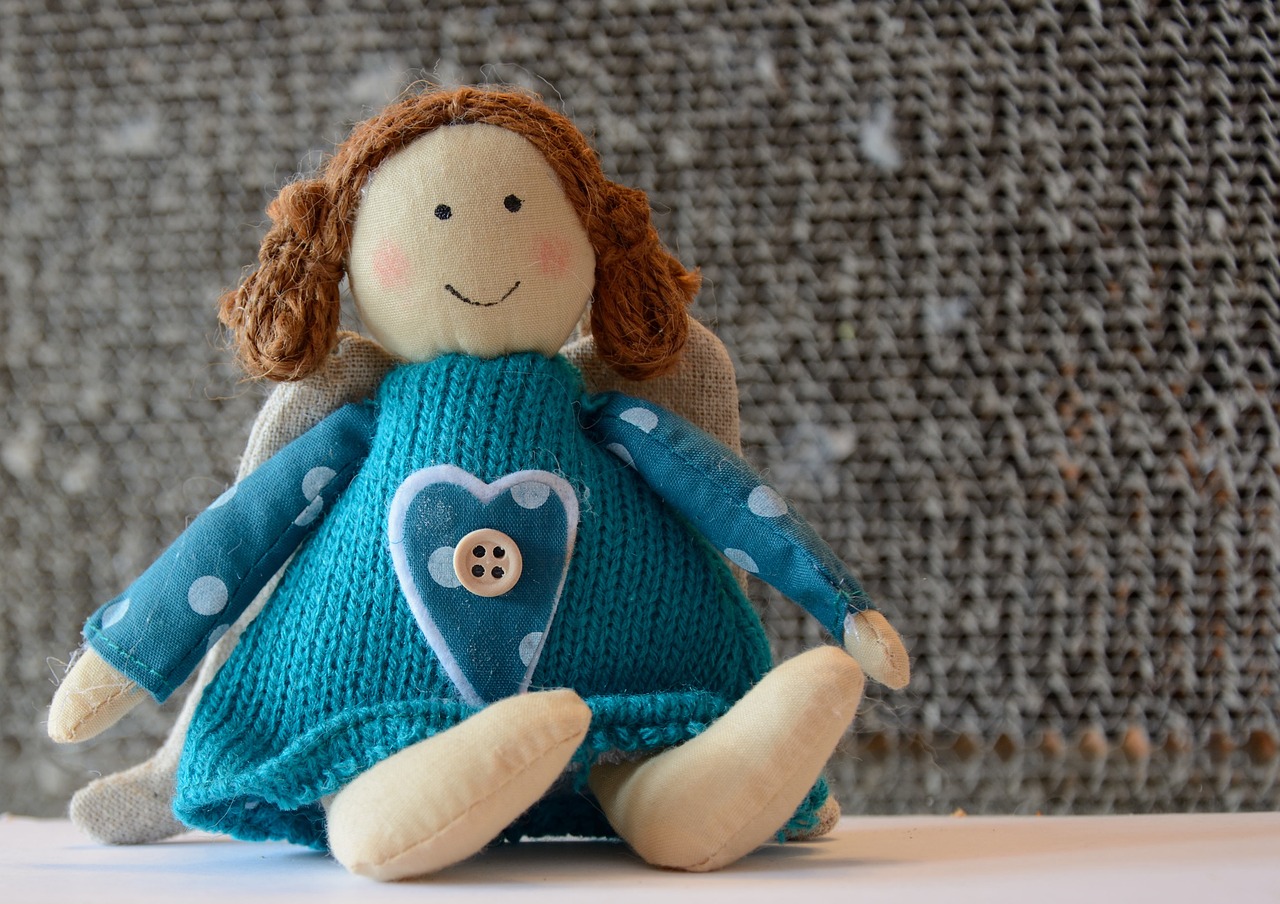
Animal Puppets
Animal puppets are not just simple crafts; they are gateways to imagination and creativity for kids. When children create their own animal puppets, they embark on an adventure that allows them to explore the animal kingdom right from their living room. Imagine a child transforming a plain piece of fabric into a vibrant lion or a quirky monkey! The process is not just about making puppets; it's about storytelling, role-playing, and enhancing fine motor skills.
To get started, you can use a variety of materials. Felt is a popular choice because it’s easy to cut and sew, while fabric adds texture and depth. Paper can also be used for quick and easy designs. Here’s a simple table to help you choose the right material based on the type of animal puppet you want to create:
| Animal Type | Recommended Material | Why It Works |
|---|---|---|
| Lion | Felt | Soft, easy to cut, and holds shape well. |
| Monkey | Fabric | Flexible and can be sewn to create a three-dimensional look. |
| Fish | Paper | Lightweight and can be easily decorated with colors. |
Creating animal puppets can be as simple or complex as you want it to be. For younger children, starting with finger puppets is a great idea. These tiny creations can be made from felt circles with a few embellishments, like googly eyes or a small nose made from a button. Older kids might enjoy making glove puppets that allow for more elaborate designs and storytelling possibilities. Just imagine a whole puppet show featuring a jungle of animal characters!
When crafting these puppets, it’s essential to incorporate elements that kids can relate to. For instance, you can ask them about their favorite animals and encourage them to think about what colors and features make each animal unique. This not only makes the crafting process more engaging but also teaches them about the animals they are portraying. You could even set up a mini-exhibit after the puppets are made, where each child presents their puppet and shares some fun facts about the animal it represents!
As they play with their animal puppets, kids can engage in imaginative play, creating stories where their puppet friends go on adventures, solve problems, or even learn valuable lessons. This kind of play is crucial for their development, as it fosters creativity, confidence, and social skills. So, grab those materials, let your kids' imaginations run wild, and watch as they bring their animal puppets to life!
Q: What materials do I need to make animal puppets?
A: You can use felt, fabric, paper, buttons, yarn, and googly eyes. The choice depends on the type of puppet you want to create!
Q: Are animal puppets suitable for younger children?
A: Absolutely! Finger puppets are a great option for younger kids, as they are simple to make and handle.
Q: How can I encourage storytelling with the puppets?
A: Ask children to create a backstory for their puppets or set up scenarios where the puppets can interact. This will spark their creativity and enhance their storytelling skills.
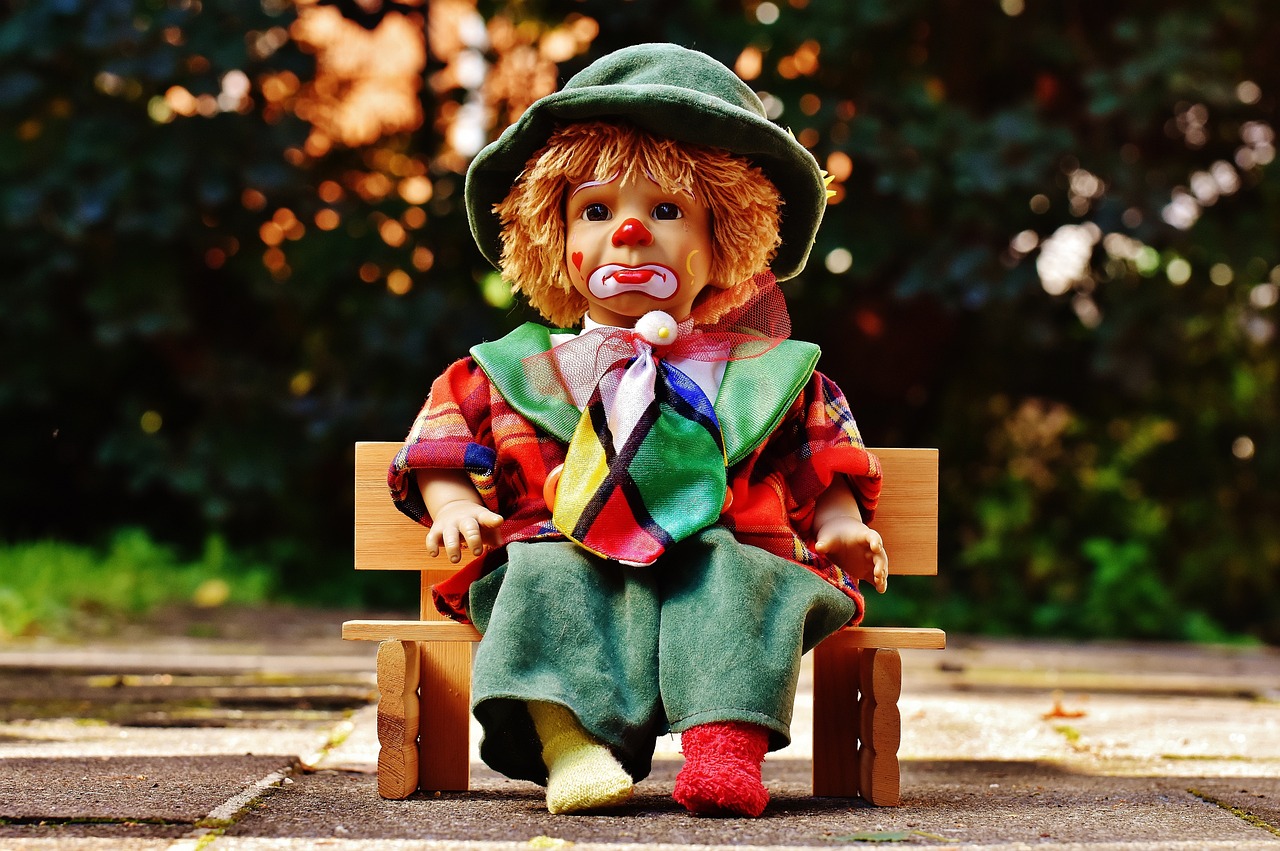
Finger Puppets
Finger puppets are a delightful way to spark creativity in kids while offering a hands-on crafting experience. These tiny characters fit snugly on a child’s finger, making them perfect for little hands to manipulate and perform with. The beauty of finger puppets lies in their simplicity; they can be made from everyday materials and can represent a wide range of characters, from animals to whimsical creatures or even beloved storybook figures. Imagine your child transforming a simple piece of felt into a vibrant puppet that tells a story! It's like turning a blank canvas into a masterpiece, and the best part? Every puppet is unique!
To get started, gather some basic materials. You will need:
- Felt or fabric (various colors)
- Scissors
- Glue (fabric glue or a hot glue gun with supervision)
- Markers or fabric paints for decoration
- Optional: googly eyes, yarn, and other embellishments
Once you have your materials ready, it’s time to dive into the fun part—crafting! Start by cutting a rectangle of felt about 4 inches wide and 6 inches tall. This will be the base of your finger puppet. Fold the rectangle in half lengthwise and sew or glue the sides together, leaving the top open for the puppet's head. You can also create a rounded top for a more finished look. Now, let your imagination run wild! Use fabric paints to add facial features, or glue on googly eyes for a fun touch. You can even give your puppet some hair using yarn or felt scraps. The possibilities are endless!
One of the most exciting aspects of finger puppets is that they encourage storytelling. Once the puppets are created, kids can put on their own shows, creating narratives that reflect their interests and imaginations. Whether it’s a dramatic tale of a brave knight or a funny story about a silly animal, finger puppets can bring these stories to life right at your fingertips! Plus, this activity promotes fine motor skills, as children learn to manipulate their puppets and coordinate their movements with their stories.
For those looking to take their puppet-making to the next level, consider organizing a puppet-making party! Invite friends over, provide materials, and let the laughter and creativity flow. It’s a wonderful way for kids to bond, collaborate, and share their creations. Just think about the joy of watching a group of kids perform their puppet shows, each one showcasing their unique character and story. It’s a delightful explosion of creativity that can lead to hours of entertainment!
In conclusion, finger puppets are not just crafts; they are gateways to adventure, imagination, and storytelling. So grab some materials, gather your little ones, and let the puppet-making magic begin!
Q: What age group is suitable for making finger puppets?
A: Finger puppets are great for children aged 3 and up. Younger kids may need supervision with scissors and glue, but they can still enjoy decorating pre-cut pieces.
Q: Can I use recycled materials for finger puppets?
A: Absolutely! Old socks, paper bags, and even cardboard can be transformed into unique finger puppets. Encourage kids to think creatively about what they can repurpose!
Q: How can I store the finger puppets after making them?
A: A small box or a fabric pouch works well for storing finger puppets. This keeps them safe and makes them easy to find for future puppet shows!
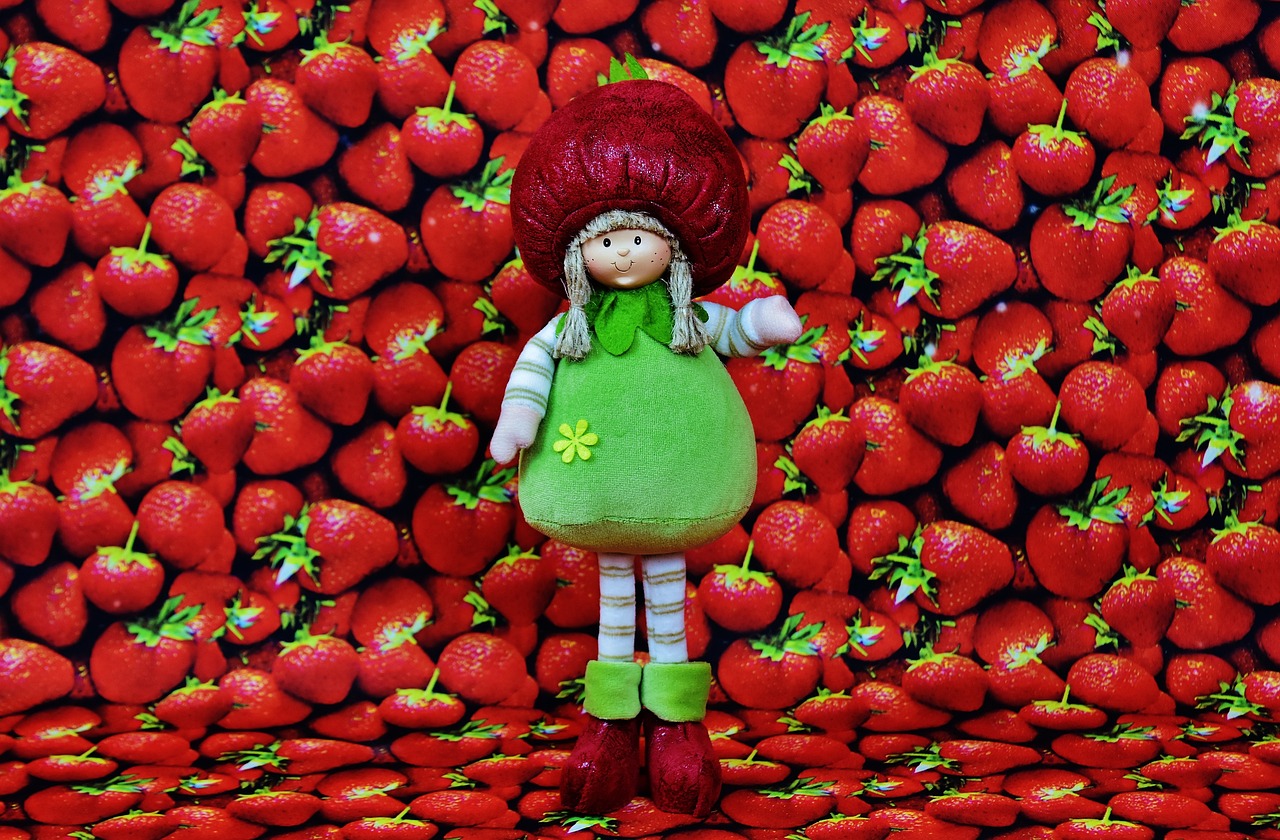
Glove Puppets
Glove puppets are not just fun to make; they offer a fantastic opportunity for kids to express their creativity and storytelling skills. Imagine transforming an old glove into a vibrant character that can dance, sing, or tell stories! The beauty of glove puppets lies in their simplicity and versatility. With just a few materials and some imagination, children can create their own unique puppet friends ready to embark on countless adventures.
To start crafting glove puppets, you’ll need a few basic materials. An old glove serves as the foundation, but you can also gather items like felt, fabric scraps, and even some recycled materials from around the house. The process is straightforward, making it an ideal project for kids of all ages. Simply slide the glove onto their hand, and let the magic begin! They can use their fingers to bring the puppet to life, making it a truly interactive experience.
Here’s a simple step-by-step guide to creating a glove puppet:
- Choose Your Glove: Pick a glove that fits comfortably. It can be any color or style, but a plain one is easier for decorating.
- Design Your Character: Think about what kind of puppet you want to create. Is it a funny monster, a wise old man, or perhaps a princess? Sketch out your ideas!
- Gather Materials: Collect felt, buttons, yarn, and any other embellishments you’d like to use. These will help you add personality to your puppet.
- Start Decorating: Use fabric glue to attach the features of your puppet. For example, yarn can be used for hair, buttons for eyes, and felt for a mouth or clothing.
- Bring It to Life: Once your puppet is decorated, practice moving your fingers to make it talk and express different emotions. This is where the real fun begins!
Remember, the magic of glove puppets lies in their ability to be personalized. Encourage kids to think outside the box! Maybe they want to create a superhero glove puppet complete with a cape made from an old t-shirt. Or perhaps they can craft a silly animal with big googly eyes and a colorful tail. The possibilities are endless! This not only enhances their crafting skills but also boosts their confidence as they see their ideas come to life.
Additionally, glove puppets can serve as a wonderful tool for storytelling. After creating their puppets, kids can invent stories that feature their characters. This encourages not just creativity but also critical thinking as they develop plots and dialogues. Kids can even perform puppet shows for family and friends, turning their living rooms into vibrant theaters filled with laughter and imagination.
In conclusion, glove puppets are a delightful crafting project that combines creativity, storytelling, and play. They are perfect for engaging children in hands-on activities that also stimulate their imaginations. So, gather those old gloves and let the puppet-making adventure begin!
Q: What materials do I need to make glove puppets?
A: You will need an old glove, fabric scraps, felt, buttons, yarn, and fabric glue. These materials will help you create unique and colorful puppets.
Q: Can I wash the glove after decorating it?
A: It’s best to avoid washing your decorated glove puppet, as the embellishments may come off. Instead, keep it in a safe place to preserve its charm!
Q: How can I engage my child in storytelling with their puppets?
A: Encourage your child to create stories featuring their puppet characters. They can practice dialogues, develop plots, and even put on shows for family and friends!

Character Puppets
Character puppets are a fantastic way to ignite a child's imagination and creativity. They allow kids to bring their favorite stories and characters to life, transforming a simple crafting activity into a vibrant world of storytelling. Imagine your child creating a puppet that looks just like their favorite superhero or a whimsical creature from their favorite book! The possibilities are endless, and the joy of personalization makes these puppets truly special.
When it comes to making character puppets, the first step is to encourage children to think about their favorite characters. This could be anyone from a beloved cartoon figure to a mythical creature they've read about. Ask them questions like, "What colors do you think your character would like?" or "What special features should we add to make them unique?" This not only fosters creativity but also engages them in the planning process, making them feel like true artists.
To get started, gather some basic materials that can be easily manipulated into character forms. Here’s a quick list of materials you might consider:
- Felt or fabric in various colors
- Buttons and beads for eyes
- Yarn for hair
- Markers or fabric paints for details
- Glue and scissors for assembly
Once you have your materials, it's time to dive into the crafting process. Begin by sketching out the character on a piece of paper, outlining the key features that will be represented in the puppet. This could include the shape of the head, the length of the arms, or any distinctive clothing. After the design is finalized, you can start cutting out the pieces from your felt or fabric. Encourage your child to experiment with different shapes and colors, as this will make their puppet stand out.
Assembling the character puppet is where the magic happens! Use glue to attach the various parts together. For example, if your child is making a friendly monster, they might want to add googly eyes and a fuzzy yarn mane to give it personality. The more unique the features, the more fun the puppet will be during performances. Don't forget to encourage your child to name their puppet; this will help them feel a deeper connection to their creation.
After the puppet is assembled, it’s time to think about the story it will tell. Ask your child open-ended questions that help them develop a backstory for their character. What adventures has it been on? What does it like to do? This process not only enhances their creativity but also helps in developing narrative skills. You can even create a mini-script together, which can be performed later in a puppet show.
In summary, creating character puppets is not just about the crafting; it’s about the entire experience of storytelling and imaginative play. Children learn valuable skills such as planning, problem-solving, and collaboration, all while having a blast. So gather those materials, spark their imagination, and watch as they bring their characters to life!
Q: What age group is best for making character puppets?
A: Character puppets can be made by children of all ages, but younger kids may require more assistance with cutting and gluing. Generally, ages 4-10 are ideal for this fun activity.
Q: What materials are best for beginners?
A: For beginners, felt and fabric are excellent choices due to their ease of use. You can also use paper for simpler designs.
Q: How can I encourage my child to be creative with their puppets?
A: Ask open-ended questions about their characters, encourage them to use various materials, and let them take the lead in the design process.
Q: Can we use recycled materials for puppet-making?
A: Absolutely! Items like old socks, cardboard, and buttons can be transformed into unique puppets, making it an eco-friendly project.
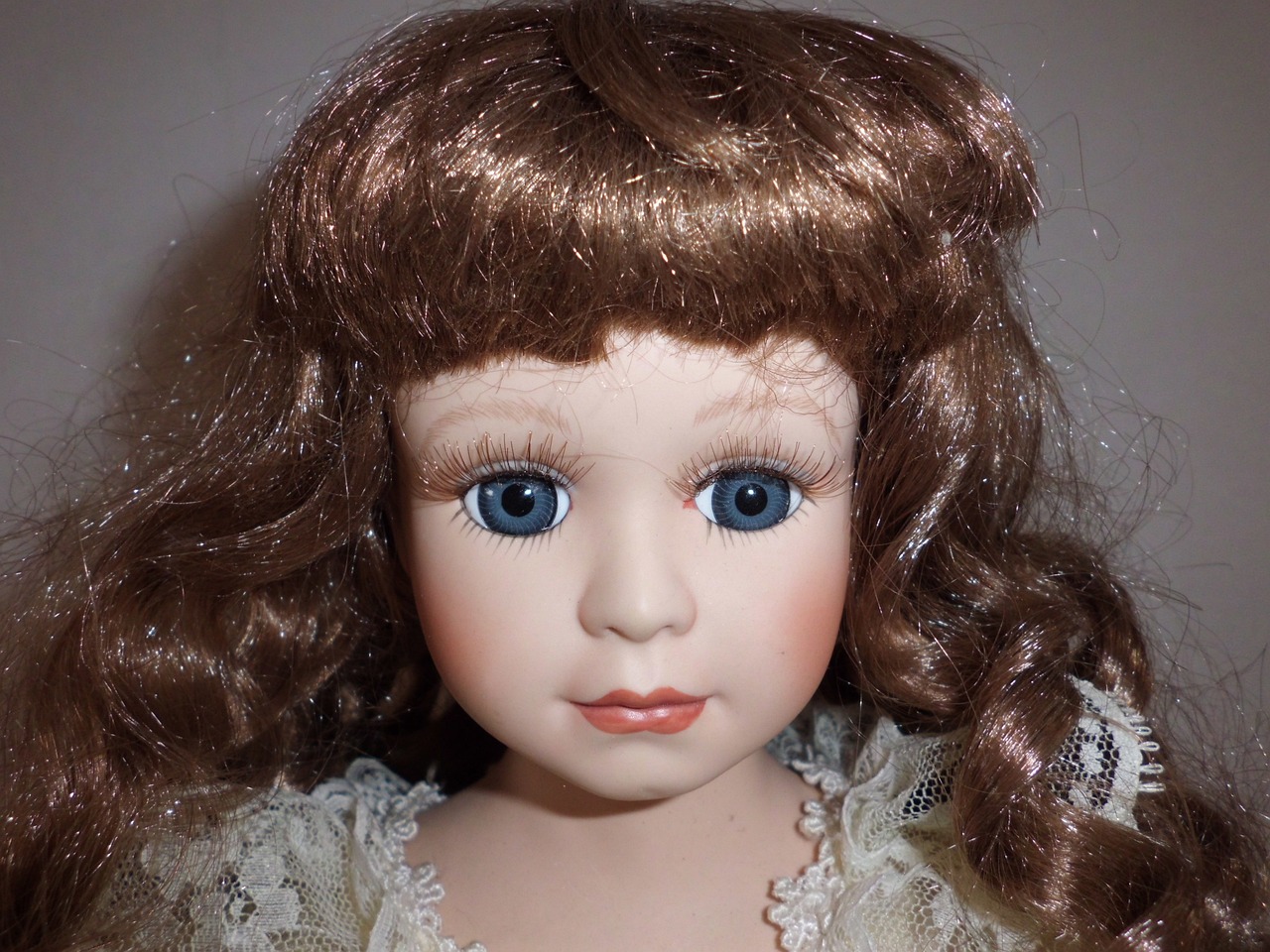
Decorating Your Puppets
Decoration is where the magic truly happens in puppet-making! It's the stage where your child's imagination can run wild, transforming a simple puppet into a vibrant character bursting with personality. When it comes to decorating, the options are endless, and this is the perfect opportunity for kids to express themselves creatively. Imagine a blank canvas waiting to be splashed with color and character, just like an artist preparing for a masterpiece!
One of the most exciting aspects of decorating puppets is the variety of techniques available. From painting to gluing on accessories, each method adds a unique flair to the puppet. For instance, fabric paints can be used to create intricate designs or bold patterns, while simple materials like buttons, yarn, and googly eyes can inject a sense of fun and whimsy. The combination of these elements can bring a puppet to life, making it not just a toy but a character ready for adventures!
When using fabric paints, it's essential to keep a few tips in mind. First, choose high-quality fabric paints that are safe for children and can withstand the wear and tear of play. Before applying paint, ensure the puppet is clean and dry to help the colors adhere better. Kids can use brushes, sponges, or even their fingers to create different textures and effects. Encouraging them to experiment with color blending can lead to stunning results!
Adding accessories is another fantastic way to enhance the puppet's appearance. Here are some ideas to get started:
- Buttons: Use colorful buttons for eyes or as decorative elements on the puppet's clothing.
- Yarn: Create hair or tails with yarn, giving the puppet a unique hairstyle.
- Googly Eyes: These can add a playful touch and bring the puppet's character to life.
- Fabric Scraps: Old clothes or fabric scraps can be transformed into outfits, making each puppet unique.
After decorating, it's always fun to take a step back and admire the creations. Kids can learn to appreciate their work, understanding that art is not just about the final product but also the joy of the process. They can even host a mini-exhibition at home, showcasing their puppets to family members, which can boost their confidence and encourage them to share their creativity with others!
Q1: What materials are best for decorating puppets?
A1: Fabric paints, buttons, yarn, googly eyes, and fabric scraps are excellent materials for decorating puppets. These items are safe and can easily be manipulated by children.
Q2: Can we wash the puppets after decorating them?
A2: It depends on the materials used. If fabric paints are used, ensure they are washable and follow the manufacturer's instructions. Accessories like buttons may not withstand washing, so it's best to spot clean if necessary.
Q3: How can I encourage my child to be creative while decorating?
A3: Encourage experimentation! Let them mix colors, try different textures, and use various materials. Remind them that there are no mistakes in art—every choice is part of their creative journey!
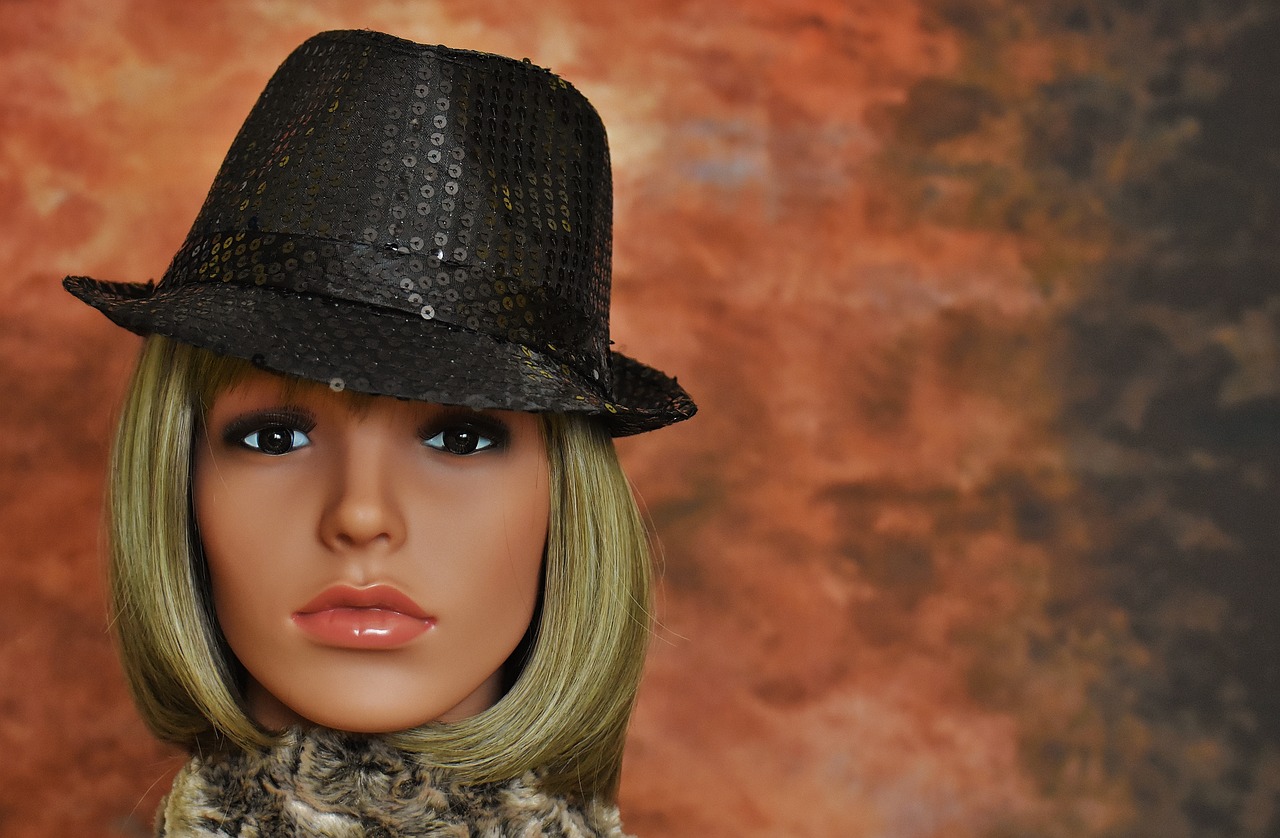
Using Fabric Paints
When it comes to decorating your hand puppets, fabric paints are a game-changer! These vibrant colors can breathe life into your creations, transforming simple designs into eye-catching masterpieces. But before you dive into the world of fabric painting, it's essential to understand a few key techniques and tips that can help you achieve the best results.
First off, choosing the right type of fabric paint is crucial. You want paints that are not only colorful but also durable and safe for kids. Look for non-toxic options, especially when working with children. There are various types of fabric paints available, including:
- Permanent fabric paints: These are great for long-lasting designs and can withstand multiple washes.
- Washable fabric paints: Ideal for kids, these paints can easily be washed out if mistakes are made.
- Fabric markers: Perfect for detailed work, these allow for precision in painting small areas.
Once you've selected your paints, it's time to gather your supplies. You'll need:
- Your puppets (made from felt, fabric, or any other material)
- Paintbrushes of various sizes
- A palette for mixing colors
- Paper towels for any spills
- Aprons or old shirts to protect clothing
Now that you're ready, let's talk about the painting process. Start with a clean and dry puppet surface. If you're using a fabric that has a lot of texture, consider applying a base coat to create a smooth canvas for your designs. Here are some tips to keep in mind while painting:
- Always test your paint on a scrap piece of fabric first to see how it looks once dry.
- Layer your colors gradually. It's easier to add more paint than to remove it!
- Encourage kids to use their imagination—there are no rules in creativity!
After painting, allow your puppets to dry completely. Depending on the paint used, this could take anywhere from a few hours to overnight. Some fabric paints even require heat setting, which can be done with an iron (just be sure to follow the manufacturer's instructions). Once dry, your puppets will be ready for their grand debut!
Fabric paints not only enhance the visual appeal of your puppets but also provide an opportunity for children to express their creativity. Whether they want to create a whimsical character or a realistic animal, fabric paints can help bring their visions to life. So, grab those brushes and let the fun begin!
Q: Can I wash my fabric-painted puppets?
A: Yes, but be sure to check the paint's instructions. Permanent fabric paints are usually washable, but it's best to hand wash them gently to maintain their appearance.
Q: What if I make a mistake while painting?
A: Don't worry! You can often fix mistakes by painting over them or using a damp cloth to wipe them off if the paint is still wet. For dried paint, a fabric marker can help cover up errors.
Q: Are fabric paints safe for young children?
A: Yes, as long as you choose non-toxic fabric paints specifically labeled as safe for children. Always supervise younger kids during the painting process.
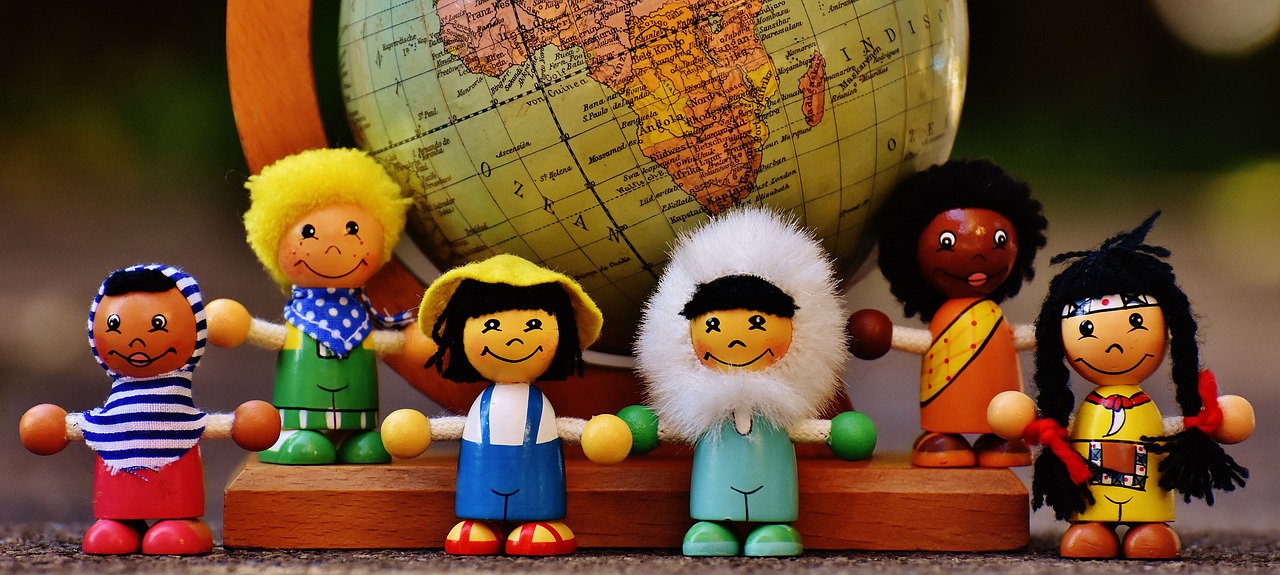
Adding Accessories
When it comes to puppet-making, accessories are the secret sauce that can truly bring your creations to life! Just like a chef adds spices to elevate a dish, accessories can transform a simple puppet into a vibrant character bursting with personality. Imagine the thrill on a child's face when they see their puppet adorned with colorful buttons, fluffy yarn hair, or whimsical googly eyes. These little details not only make the puppets visually appealing but also encourage kids to engage in imaginative storytelling and play.
To get started, consider the variety of materials you can use for accessories. Here are some popular options:
- Buttons: These can be used for eyes, noses, or even as decorative elements on clothing.
- Yarn: Perfect for creating hair, tails, or even fun beards that can add a playful touch to any puppet.
- Googly Eyes: These are a classic choice that instantly adds a fun and animated expression to puppets.
- Fabric Scraps: Use leftover fabric to create clothes, capes, or accessories that reflect the puppet's personality.
- Felt Pieces: Felt is versatile and can be cut into various shapes to create features like ears, wings, or even hats.
Once you have your accessories ready, the next step is to attach them securely. Depending on the materials, you might use glue, sewing, or even double-sided tape. For instance, buttons can be sewn on for durability, while felt pieces can be glued for a quick and easy solution. The key is to ensure that everything is securely fastened, especially if the puppets will be used for lively performances!
Don’t forget, the process of adding accessories can be a fantastic opportunity for kids to express their creativity. Encourage them to think outside the box—what if their puppet had a funky hat or a pair of sparkly shoes? This not only enhances the puppet’s character but also fosters a sense of ownership and pride in their creation. So, gather your materials, unleash your imagination, and let the accessory-making begin!
Q1: What types of accessories are best for young children to use?
A1: For young children, it's best to use larger accessories that are easy to handle, such as felt pieces, large buttons, and yarn. Avoid small items that could pose a choking hazard.
Q2: How can I make sure the accessories stay on during play?
A2: To ensure durability, use strong glue or sew the accessories onto the puppet. Test the stability of the attachments before allowing children to play with the puppets.
Q3: Can we use recycled materials for accessories?
A3: Absolutely! Recycled materials like bottle caps, old fabric scraps, and even cardboard can make unique and interesting accessories. Encourage creativity by using what you have at home!
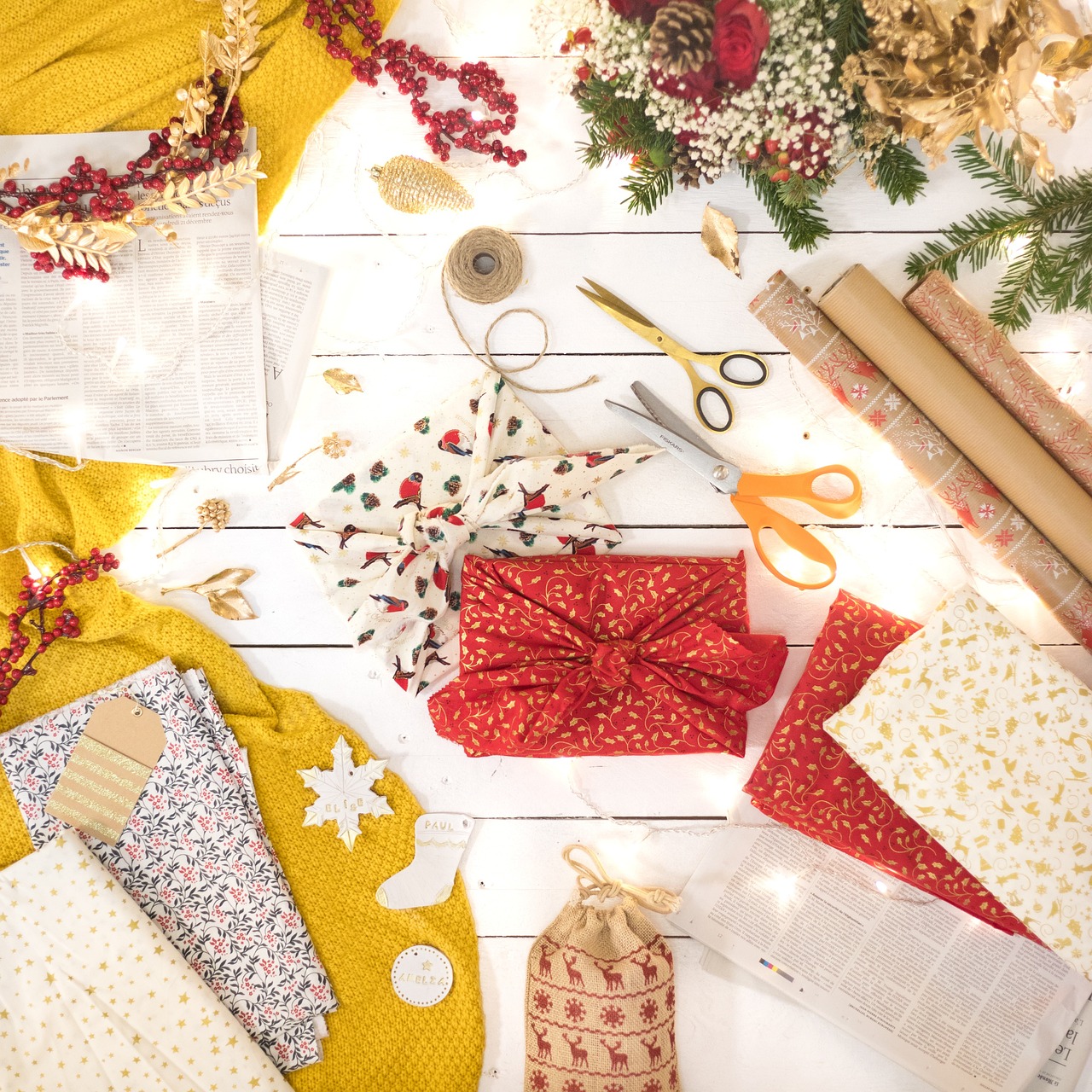
Engaging Kids in Puppet Shows
Once the puppets are made, the real fun begins! Engaging kids in puppet shows not only fuels their creativity but also fosters teamwork and communication skills. Imagine the excitement in their eyes as they bring their creations to life! To make the most out of this experience, it’s essential to create an environment where children feel free to express themselves and explore their imaginations. After all, puppet shows are not just about the puppets; they are about the stories and the joy of performance.
One of the first steps in organizing a puppet show is to create a puppet stage. This can be as simple or as elaborate as you want. A cardboard box can be transformed into a cozy theater, or you can use a table covered with a colorful cloth to serve as the stage. The key is to make it inviting and fun! Here’s a quick table of ideas for setting up a puppet stage:
| Stage Idea | Description |
|---|---|
| Cardboard Box | Cut out a front opening and decorate with paint or fabric. |
| Table with Cloth | Cover a table with a colorful cloth and create a backdrop using paper. |
| Wall-mounted Curtain | Hang a curtain or sheet from a wall to create a backdrop. |
Once the stage is ready, it’s all about storytelling! Kids can work together to come up with a narrative that showcases their puppets. Encourage them to brainstorm ideas, and don’t hesitate to suggest themes or plots that might inspire them. For instance, they could create a story about a brave knight, a mischievous cat, or even a magical adventure in a faraway land. The possibilities are endless!
To help guide them in crafting their stories, consider sharing some effective storytelling techniques:
- Character Development: Encourage kids to think about their puppet's personality. Are they funny, serious, or a bit of both? This will help in making the story more relatable.
- Conflict and Resolution: Every good story has a problem that needs solving. Prompt the children to think about what challenges their characters might face and how they can overcome them.
- Engaging Dialogue: Remind them that dialogue is crucial in bringing their puppets to life. Encourage them to write down some lines that their characters might say.
As the kids prepare for their performances, remind them that practice makes perfect! Rehearsing not only boosts their confidence but also helps them refine their storytelling and puppet manipulation skills. They can take turns being the puppeteer and the audience, which adds an extra layer of fun and learning. Not to mention, they’ll learn to appreciate the art of performance from both sides!
Finally, when the big day arrives, set up a comfortable space for their audience—whether it's family members or friends. Ensure that everyone can see and hear the show well. This not only makes the performers feel special but also creates a supportive environment that encourages them to shine.
In conclusion, puppet shows are a delightful way to engage kids in creativity, storytelling, and teamwork. By creating a fun stage, encouraging imaginative narratives, and practicing together, children can embark on an unforgettable journey filled with laughter and learning. So, gather those puppets and get ready for a show that will leave everyone clapping for more!
Q: What age group is suitable for puppet-making activities?
A: Puppet-making is suitable for a wide range of ages, typically starting from preschoolers to elementary school children. Just ensure that the materials used are safe for the age group.
Q: How long does it take to make a puppet?
A: Depending on the complexity of the puppet and the child's experience, it can take anywhere from 30 minutes to a few hours to complete a puppet.
Q: Can we use recycled materials for puppet-making?
A: Absolutely! Using recycled materials not only makes the project eco-friendly but also sparks creativity. Items like old socks, buttons, and cardboard can be transformed into fantastic puppets!
Q: How can I encourage shy children to participate in puppet shows?
A: Start by allowing them to practice in a small group or even one-on-one. Gradually build their confidence by praising their efforts and making the experience fun and low-pressure.
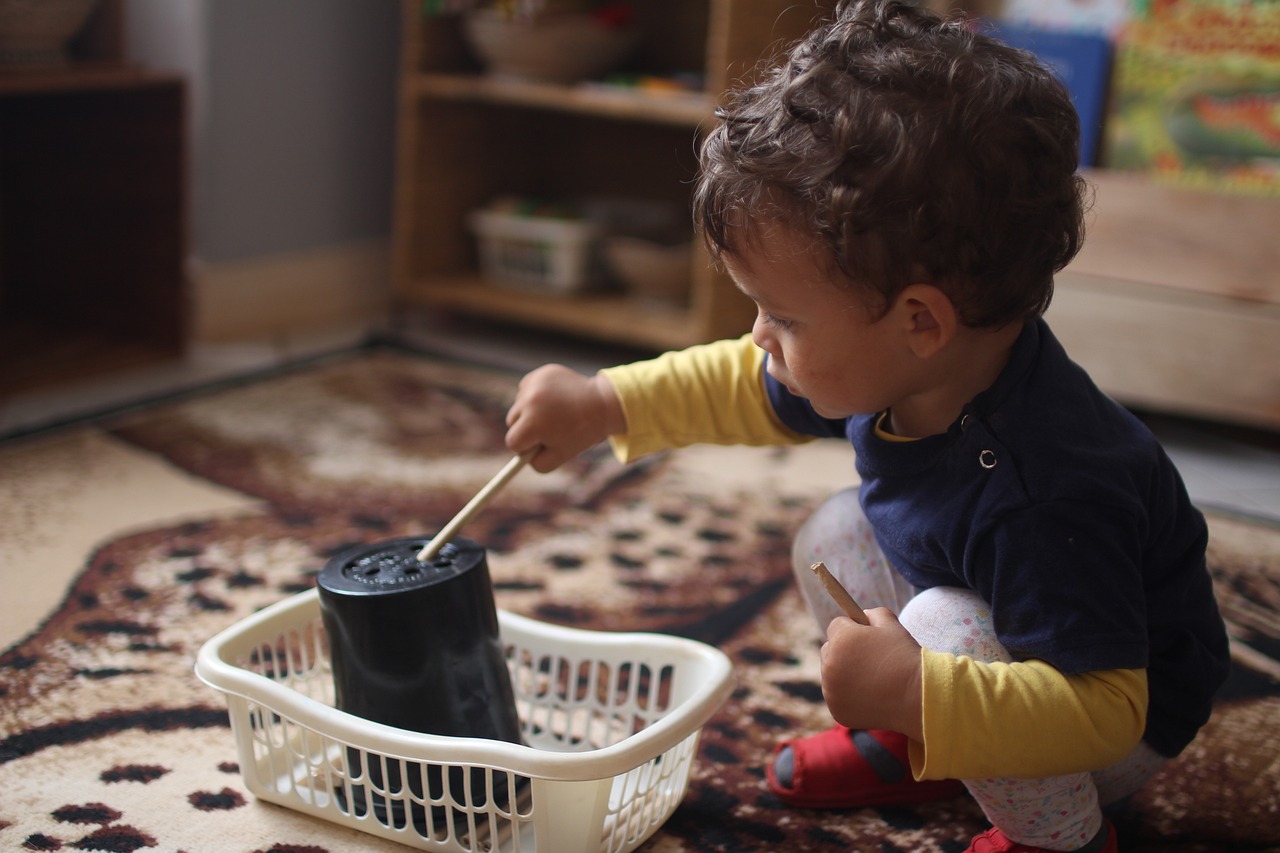
Creating a Puppet Stage
Transforming your living room or classroom into a puppet theater can be one of the most exciting parts of the puppet-making journey! A puppet stage not only enhances the visual appeal of your performances but also adds an element of professionalism that can make kids feel like true stars. Imagine the delight on their faces as they step behind the curtain, ready to bring their creations to life! So, how do you create a fantastic puppet stage? Let's dive into some fun and simple ideas.
First, consider the space you have available. A puppet stage can be as simple or elaborate as you want it to be. For a quick and easy setup, you can use a cardboard box. Just cut out the front and top, leaving enough space for the puppeteers to maneuver their hands. You can decorate the box with paint, markers, or even fabric to give it a unique flair. Alternatively, if you have a bit more time and resources, constructing a stage from wood or PVC pipes can provide a sturdy and reusable option.
Here’s a simple step-by-step guide to creating a cardboard puppet stage:
- Start with a large cardboard box, preferably one that is tall enough for kids to stand behind.
- Cut out a rectangular opening in the front to serve as the stage area.
- Decorate the box with colorful paints, glitter, or fabric scraps. You can create a backdrop using a large piece of fabric or paper to set the scene for your puppet shows.
- Attach a curtain using a strip of fabric or paper that can be pulled aside to reveal the puppets.
Once your stage is set up, it’s time to think about lighting and sound. If possible, place the stage in a well-lit area or use a lamp to spotlight the performance. This can create an enchanting atmosphere that draws in your audience. You might even consider adding some background music or sound effects to elevate the experience. The kids will love the idea of using props like a microphone or a music player to make their shows even more engaging!
Don’t forget about the audience! Setting up seating for friends and family can make the performance feel more special. You can use cushions, chairs, or even a mini bleacher made from stacked boxes to create a cozy viewing area. Encourage the kids to invite their friends over for a puppet show party, complete with snacks and drinks. This not only promotes creativity but also builds social skills as they collaborate and share their stories with others.
In summary, creating a puppet stage is an exciting project that can enhance the overall puppet-making experience for kids. It allows them to express their creativity and storytelling abilities in a fun and interactive way. So gather your materials, unleash your imagination, and watch as your living room transforms into a magical puppet theater!
- What materials do I need to create a puppet stage? You can use cardboard, fabric, wood, or PVC pipes. Decorations can include paint, markers, and fabric scraps.
- How can I make my puppet show more engaging? Consider adding music, sound effects, and a well-decorated stage to enhance the performance.
- Can I use a puppet stage for other activities? Absolutely! A puppet stage can also be used for storytelling, presentations, or even as a play area for toys.
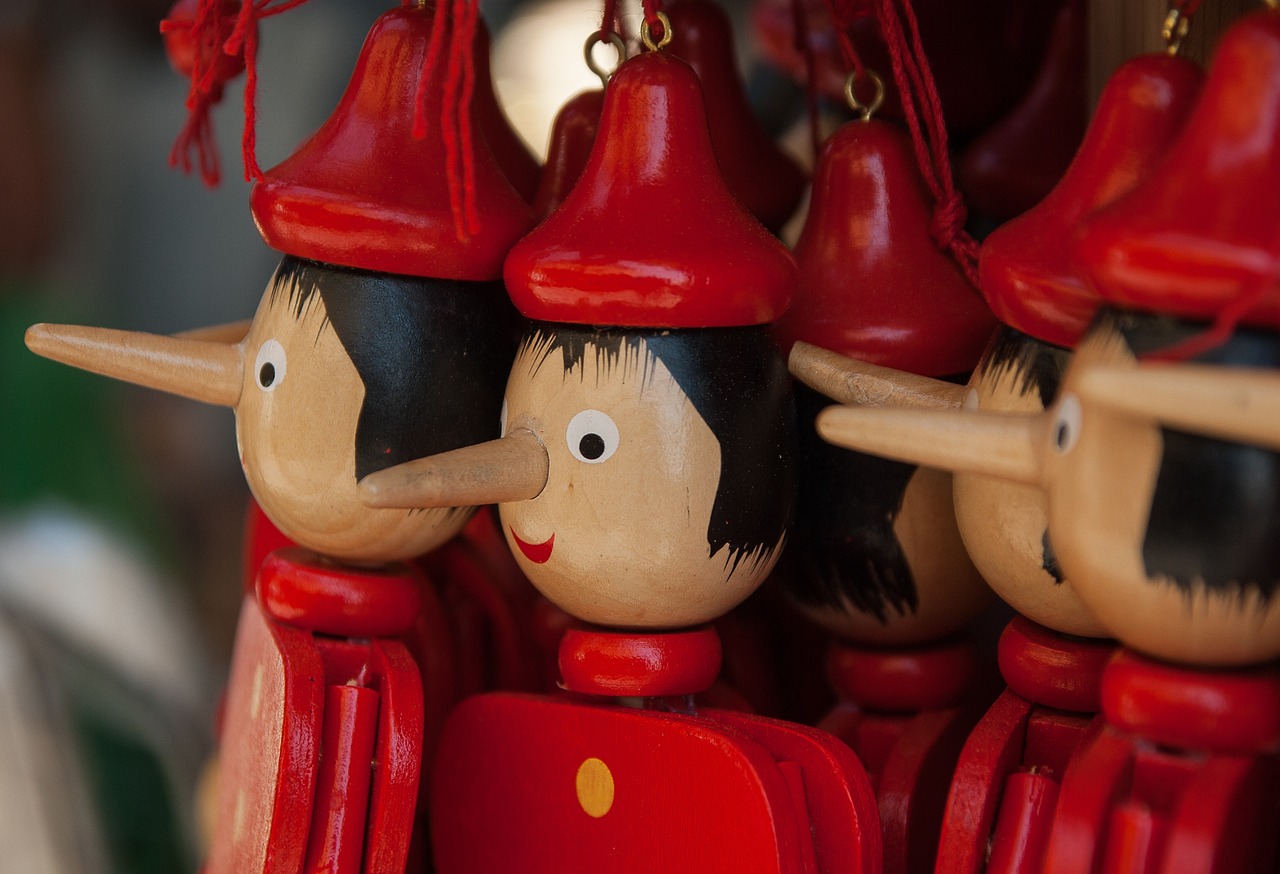
Storytelling Techniques
When it comes to putting on a puppet show, the magic lies not just in the puppets themselves but in the stories you create around them. Engaging storytelling techniques can transform a simple puppet performance into an unforgettable experience for both the puppeteers and the audience. So, how can you elevate your puppet shows with captivating narratives? Let's dive into some effective storytelling strategies!
First and foremost, consider the characters your puppets will portray. Each puppet should have a distinct personality, backstory, and motivation. This not only makes the performance more interesting but also helps the children connect with the characters on a deeper level. For example, if you have a puppet that resembles a goofy dog, you might create a backstory where the dog is always trying to impress its owner but hilariously fails. This sets the stage for comedic moments and relatable themes.
Next, think about the structure of your story. A classic approach is the three-act structure, which consists of:
- Act 1: Introduction - Introduce the characters and the setting. What is the world like? What challenges do the characters face?
- Act 2: Conflict - Every good story has a conflict. What obstacles do the characters encounter? How do they react?
- Act 3: Resolution - How is the conflict resolved? What lessons are learned? This is where the magic of storytelling shines!
Incorporating dialogue is another effective way to bring your story to life. Encourage kids to use different voices for their puppets. This not only makes the performance more entertaining but also adds an element of surprise. Imagine a serious lion suddenly speaking in a squeaky voice! Such contrasts can lead to laughter and keep the audience engaged.
Moreover, don't underestimate the power of visual storytelling. Use props, backdrops, and even sound effects to enhance the narrative. For instance, if your story involves a forest, consider creating a simple backdrop with trees and flowers. You can even play nature sounds in the background to set the mood. This multi-sensory approach captivates the audience and draws them further into the story.
Lastly, encourage the children to be improvisational. Allow them to deviate from the script if inspiration strikes. This not only fosters creativity but also makes the performance feel more organic and spontaneous. Who knows? A little improvisation might lead to the funniest moments of the show!
In summary, by focusing on character development, story structure, engaging dialogue, visual elements, and improvisation, you can create a puppet show that is not just a performance but an experience. So gather your puppets, unleash your creativity, and let the stories unfold!
Q: What age group is suitable for making hand puppets?
A: Hand puppets can be made by children as young as three, but the complexity of the designs and the materials used should be adjusted according to the child's age and skill level.
Q: What materials are best for making durable puppets?
A: Felt, fabric, and sturdy paper are excellent choices for creating durable puppets. These materials are easy to work with and can withstand the playful handling of children.
Q: How can I encourage my child to tell stories with their puppets?
A: Start by asking open-ended questions about the puppet's personality and background. Encourage your child to think about what their puppet might say or how it would react in different situations. Role-playing can also help spark creativity!
Frequently Asked Questions
-
What materials are best for making hand puppets?
When it comes to crafting hand puppets, the materials you choose can make all the difference! Felt, fabric, and paper are fantastic options. Felt is durable and easy to cut, while fabric can add a fun texture. Paper is great for quick and simple designs. Choose materials that are safe and appropriate for the age of the children involved!
-
Can I make puppets with recycled materials?
Absolutely! Using recycled materials is a creative and eco-friendly way to make puppets. Think about using old socks, cardboard boxes, or even plastic bottles. This not only saves money but also teaches kids the importance of recycling while fostering their creativity!
-
How do I decorate my hand puppets?
Decoration is where the magic happens! You can use fabric paints to add vibrant colors and details. Consider adding accessories like buttons, yarn, or googly eyes to give your puppets personality. Let the kids go wild with their imaginations—there are no wrong ways to decorate!
-
What are some simple puppet designs for beginners?
For beginners, animal puppets and finger puppets are excellent choices! They are easy to make and can be crafted with just a few materials. Kids can create their favorite animals or even invent new characters, making it a fun and engaging experience!
-
How can I organize a puppet show for kids?
Organizing a puppet show can be a blast! Start by creating a simple puppet stage using a cardboard box or a table covered with a cloth. Encourage the kids to come up with their own stories and characters. This collaborative effort not only enhances their storytelling skills but also makes for an unforgettable experience!
-
What age group is suitable for making hand puppets?
Hand puppets can be made by kids of all ages! Younger children may need more guidance and assistance with cutting and assembling, while older kids can take on more complex designs. It’s all about adapting the project to fit the skill level and interests of the children involved!



















